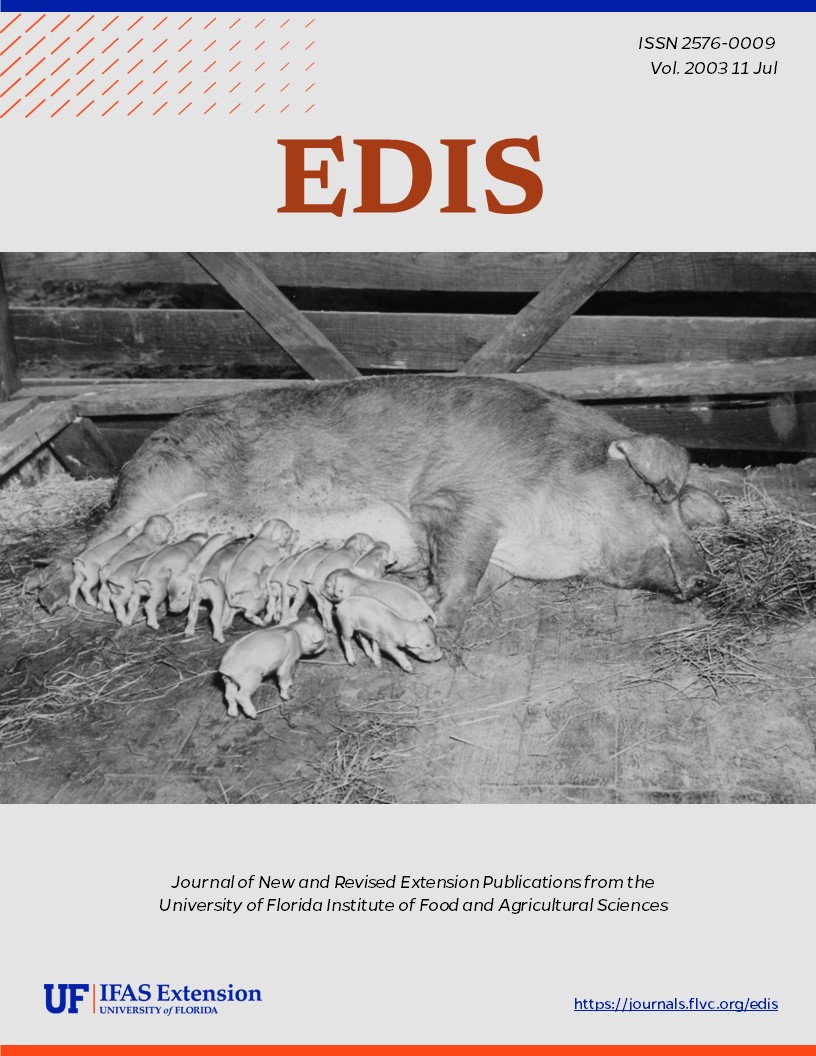Resumen
Proper tuber maturity at harvest is an important factor in producing high quality Florida fresh market potatoes. A mature tuber has improved skin-set, bruise resistance, and storage life. Vine killing not only benefits tuber appearance but can also limit tuber size and improve tuber release from the vine at harvest. Tubers naturally mature as the potato plant senesces. However, improved production methods cause potato vines to remain healthy and green longer into the season. Tuber maturation can be artificially induced by killing the potato vines. The three traditional methods for vine killing are mechanical, chemical, and combinations of the mechanical and chemical methods. This document is HS925, one of a series of the Horticultural Sciences Department, Florida Cooperative Extension Service, Institute of Food and Agricultural Sciences, University of Florida. Publication date: June 2003.
Citas
Commercial Potato Production in North America. 1993. Potato association of America handbook. Revision of American Potato Journal Supplement volume 57 and USDA Handbook 267 by the Extension Section of The Potato Association of America. Edited by; J.B. Sieczka and R.E. Thornton.
Hutchinson, C.M. 2001. Influence of Potato Vine Desiccant on Tuber Skinning and Stem End Vascular Browning. Hastings REC: University of Florida, HAS2002-2, 15 pages.
Hochmuth, G.J., C. M. Hutchinson, D. N. Maynard, W. M. Stall, T. A. Kucharek , S. E. Webb, T. G. Taylor, S. A. Smith, and E. H. Simonne. 2001. Potato Production in Florida. In: Vegetable Production Guide for Florida. Edited by; D.N. Maynard and S.M. Olson. Vance Publishing.
Stall, W.M. and C.M. Hutchinson. 2003. Potato Vine Desiccants. In: Weed Management in Florida Fruits and Vegetables. Edited by; W.M. Stall. Vance Publishing.
Unless otherwise specified, articles published in the EDIS journal after January 1, 2024 are licensed under a Creative Commons Attribution-NonCommercial-NoDerivs 4.0 International (CC BY-NC-ND 4.0) license.

